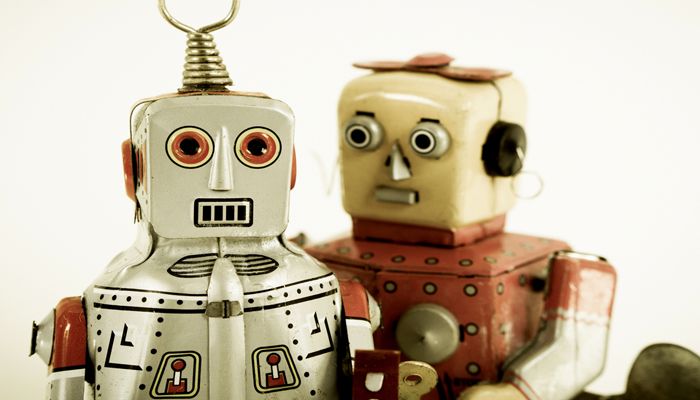The technological revolution of the past century has led to the development of intelligent machines that are beginning to out-think humans. Consequently we need to ask, what is it that makes humanity truly unique? During the industrial age our uniqueness was found in making things with our hands. During the age of technology it has been to think with our minds. Now, as we stand on the threshold of a new revolutionary time, what will make humankind truly unique is to do what machines cannot do - and that is to connect with the uncharted waters of the human heart.
We have educated our minds, but we have not educated our hearts. And without the heart’s intelligence to guide it, the mind can do great harm in the world. This may explain why, in the future, the fastest growing segment of the economy will be the emergence of artist- leaders who build value through experiences that connect people with their hearts.
In fact, it may be that in the future all we will have to work with is the human heart. Without a revolution of our inner life that deepens our connection to such human attributes as passion, empathy and collaboration - attributes that cannot be programmed - all our designs and aspirations for the future may fall on fallow ground.
This is because it is in the nature of the heart to not only sustain life, but to embrace and regenerate new life. So, in the changes to come, sustainability will not be enough. To flourish, we will need to design regenerative cultures whose nature is not only to preserve life, but create life.
Regenerativity means literally the conscious evolution and flourishing of life. It is the living embodiment of creation creating and celebrating itself through us. As systems thinker Charles Krone put it, "The primary work of the next century will be learning how to regenerate living systems.” And as we re- engage with living systems we are also connecting with the intelligence of the heart at the same time.
To lead from the heart emerges out of living into new ways of relating to ourselves, to community and to the whole of life. This includes engaging questions that nurture the heart such as; Where is home? To what do I most belong? What do I feel and care most deeply about? What are my gifts and how do they reflect my deeper sense of vocation and purpose? How can I fill a space in a beautiful way? When do I feel most vulnerable and alive? And what do I most want to celebrate in ways that will help me see the familiar world with new and fresh eyes?
To lead from the heart includes creating a culture that can serve as a home for the heart. The word culture comes from colere which means ‘to till’. In the age of technology the drive was on upward mobility and climbing the ladder of success. To lead from the heart involves a shift downward towards the local. To make a home for the heart includes becoming native to, and making fertile ground from, the places we find ourselves. By making contact with the texture and feeling of the roots and the soil of place we begin to deepen our relationship with the grounded source of being itself.
Questions of the heart build soil. They create fertile ground that is ready to receive and support the seeds of inspiration for what we most want to create in the world. With the right seeds and soil we can create a new cultural narrative that is capable of birthing a truly regenerative community aligned with how nature itself thinks and acts. Nature is an integral part of our humanity. When we reconnect with the natural world we not only embrace life’s great mystery, we also rediscover what is most natural and unfolding within ourselves. . This journey from head to heart is also one that shifts our primary myth of the leader as the strong, independent and forceful visionary with a noble or heroic cause to that of the gardener who acts and inquires with a heartfelt humility and reverence for life - together with the apprentice who engages the world with an open and curious mind. In the journey of the heart we are all gardeners and apprentices tuning our senses to what is emergent in our field of awareness in order to discover what the world wants to become.
This leads us to some interesting possibilities.
- What if our humanities’ most astonishing and evolutionary innovation - our reason for being - is only just beginning now?
- What if we exist, not in an indifferent world, but a transforming universe that can only know and realize its full potential - through us?
- What if we could imagine a dream - a project of the heart- that would take more than our own lifetime to complete?
- What if, in essence, we are consciousness, not matter, and that as consciousness the world's potential will only be fully realized when we act together rather than when we are separate and apart?
We stand at the threshold of great possibility - and great risk. We can step forward and create a home for the heart in the future, a home that is alive with regenerativity and love. Or we can step back and risk being consumed by pessimism, anxiety and fear.
It is in our nature to bring into being a world that does not yet exist and which we can only aspire to. While creating this new world may be a complex challenge for the strategic mind, when we shift our focus from needs and deficiencies to hope and possibility, it can be child’s play for the heart.

